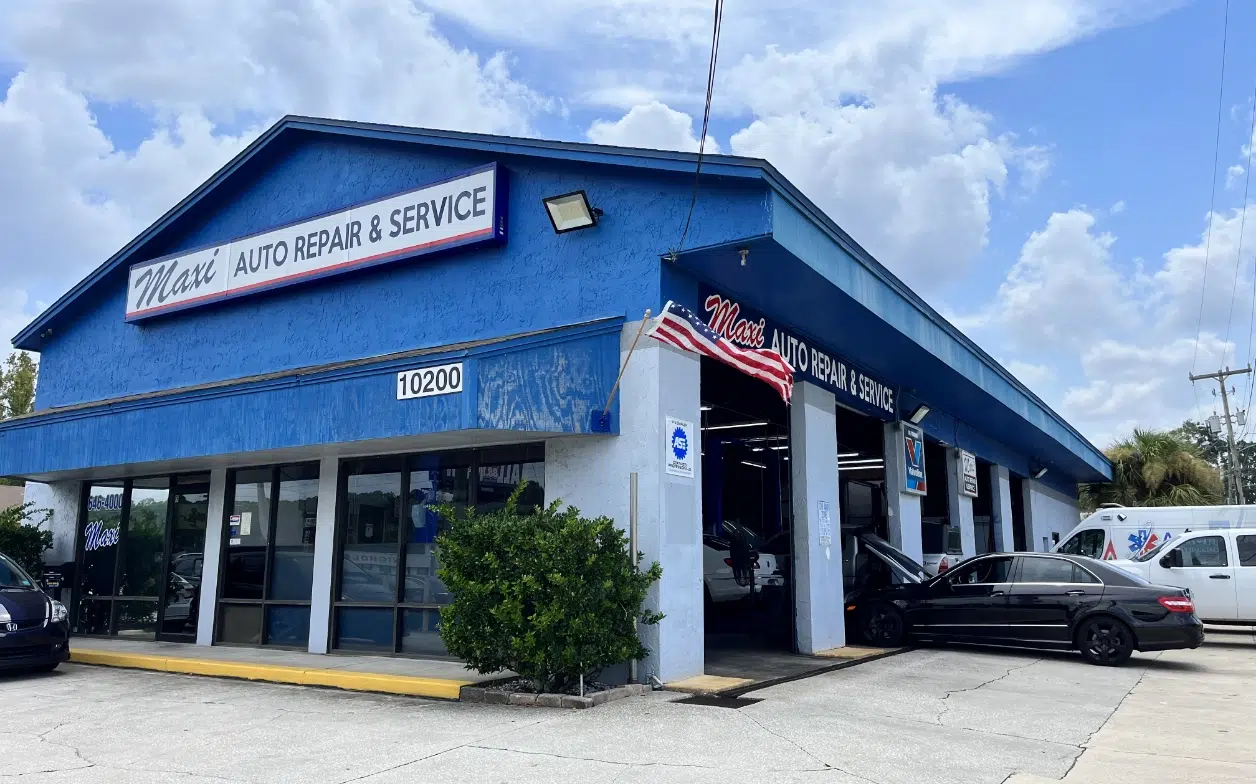All Categories
Featured
Two of the most vital tire solutions are tire rotation and positioning. If you're unfamiliar with what tire rotation and placement entail, below's an extensive appearance at why they matter and exactly how they benefit your automobile.
What Is Tire Rotation? Tire turning refers to moving your tires from one placement to another to guarantee they wear equally. The reason tire turning is needed is since not all tires use the same way.
By rotating your tires routinely, you can cancel the wear throughout all four tires. This assists them last longer and permits for even more also traction, improving handling and security. The majority of makers suggest turning your tires every 6,000 to 8,000 miles or according to the car's manual.
What Is Tire Placement? Tire placement, also understood as wheel placement, refers to the procedure of changing the angles of your automobile's wheels to fulfill the supplier's specs. The goal of placement is to make certain that all four tires are directing in the ideal direction and at the proper angles, which permits optimal handling, safety, and tire life.
There are 3 primary positioning angles that are readjusted throughout a positioning check:

Camber: The tilt of the wheels when checked out from the front. If the camber is off, it can result in uneven tire wear, as the tire will certainly not make complete call with the roadway surface area. Wheel: The angle of the steering axis when checked out from the side. Appropriate wheel positioning makes sure that your vehicle is secure when driving straight and that your steering wheel go back to its typical setting after a turn. Toe: The angle at which the tires point internal or outside when seen from above. Incorrect toe positioning can create the tires to drag, bring about unequal wear and reduced fuel performance. Imbalance can occur over time as a result of normal driving or from hitting barriers like visuals or splits. If your placement is off, it's important to get it checked and fixed to prevent concerns in the future.
Why Tire Turning and Placement Issue. Enhanced Tire Life:. Routine tire rotation ensures even tire wear, assisting you get the most gas mileage out of your tires. Unequal wear can cause you to replace tires prematurely, which can be pricey. When your tires use evenly, they last much longer, saving you money in the lengthy term.
Improved Car Handling:. Appropriate positioning maintains your lorry driving straight and stable, particularly at higher speeds. Imbalance can trigger your car to draw away, making it harder to guide. By keeping your tires lined up, you ensure your vehicle takes care of extra smoothly and naturally.
Enhanced Security:. Tires that are not revolved or straightened correctly can put on unevenly, impacting how well your car quits and edges. As an example, misaligned tires or tires with irregular wear patterns may create reduced traction, specifically in wet or icy problems, bring about a higher danger of accidents.
Better Gas Efficiency:. Tires that are misaligned can produce rolling resistance, implying your engine has to work more challenging to relocate the car. This boosts fuel usage and decreases your car's gas effectiveness. Appropriate tire positioning minimizes rolling resistance, which can improve gas mileage.
Signs Your Tires Need Rotation or Placement. While it's necessary to remain on top of normal tire rotations and positionings, there are a few indicators that may suggest your tires require focus:
Unequal Wear: If you observe that one tire is a lot more worn than the others, it's most likely time for a turning. Steering Pull: If your auto pulls away or feels off-center, maybe an indication of misalignment. Vibrations: If you really feel resonances in the guiding wheel or the cars and truck, maybe as a result of a positioning issue. Noisy Tires: Squealing or loud tires might indicate incorrect rotation or imbalance. If you see any one of these signs, it is necessary to obtain your tires examined by an expert.
Just How Frequently Should You Revolve and Align Your Tires? Tire rotation need to generally be done every 6,000 to 8,000 miles, though this can differ based on your driving problems and the kind of automobile you drive. It's also a good idea to have your tires revolved whenever you obtain an oil modification.
For placement, you ought to have your tires straightened every 1-2 years, or a lot more often if you observe any type of issues with handling or uneven tire wear. If you struck a big crater or visual, it's important to obtain a placement check immediately.
Verdict: Routine Maintenance for Optimum Efficiency. Tire turning and positioning are two basic yet vital solutions that maintain your cars and truck running efficiently, successfully, and securely. By rotating your tires frequently and maintaining your wheels properly lined up, you can prolong the life of your tires, enhance handling, and take pleasure in far better gas effectiveness.
Latest Posts
Meet the Professionals Behind Montclare Auto Repair - Dedicated to Quality
Why Select Vinyl Fencing from Washington Fence
Why Select Washington Fence for Your Fence Requirements